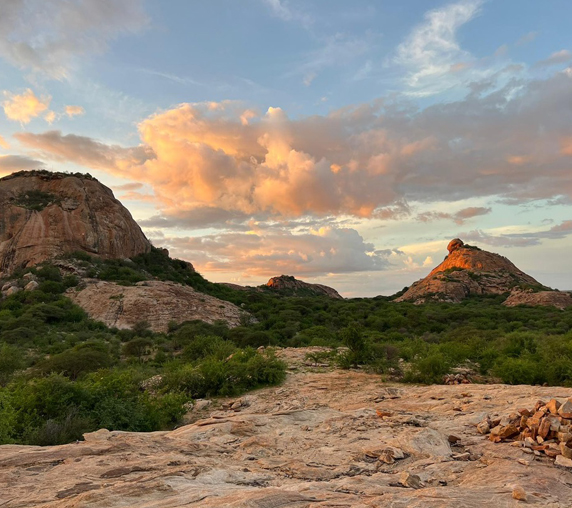About
Kora
Kora National Park covers 1,787 km2 and is by far the largest protected area in the Eastern Conservation Area (ECA), and the third largest protected area in Kenya. The park is located in Tana River County. George Adamson moved to Kora in 1970 and secured a land lease for Kora from the Tana River council to continue his work of rehabilitation of lions to the wild and to develop the infrastructure of the area. In this he was joined by his brother Terence and by Tony Fitzjohn. The land was upgraded to a national reserve in 1974 and to a national park in 1989 upon George’s death.



Kora is one of the five protected areas that make up the Meru Conservation Area (MCA): Meru National Park, Bisanadi National Reserve, Kora National Park, Rahole National Reserve and Mwingi National Reserve. The Kenya Wildlife Service (KWS) has jurisdiction over the two national parks, while Isiolo and Kitui County Governments have jurisdiction over Bisanadi and Mwingi National Reserves respectively. Garissa County Government has jurisdiction over Rahole National Reserve.
Meru and Kora National Parks are now physically linked by a bridge – Adamson’s Bridge – which has been built over the Tana River. The northern park boundary protects the Tana River – the longest river in Kenya providing essential resources in biodiversity and human well-being across its watershed. This river basin provides significant drinking water (80%) to Nairobi as well as a key source of food for fisheries and agriculture to millions of Kenyan citizens (TEEB 2015). Wildlife populations in the area are currently low although surveys have shown the area is rich in floral biodiversity.






Kora is located in a semi-arid region with an annual rainfall of between 250mm in the east to 500mm in the west. The altitude rises from 230m in the east to 560m in the south west. Dense Acacia woodland and Commiphora scrub bushland are the dominant vegetation communities, with patches of important riverine forests and habitat along the Tana River which, together with the shallow valley bottoms, the luggas (water channels) and the many rock outcrop inselbergs contribute to a complex and unique flora and fauna. The National Museums of Kenya and the Royal Geographical Society undertook an ecological inventory of Kora (then a national game reserve) in 1983.

